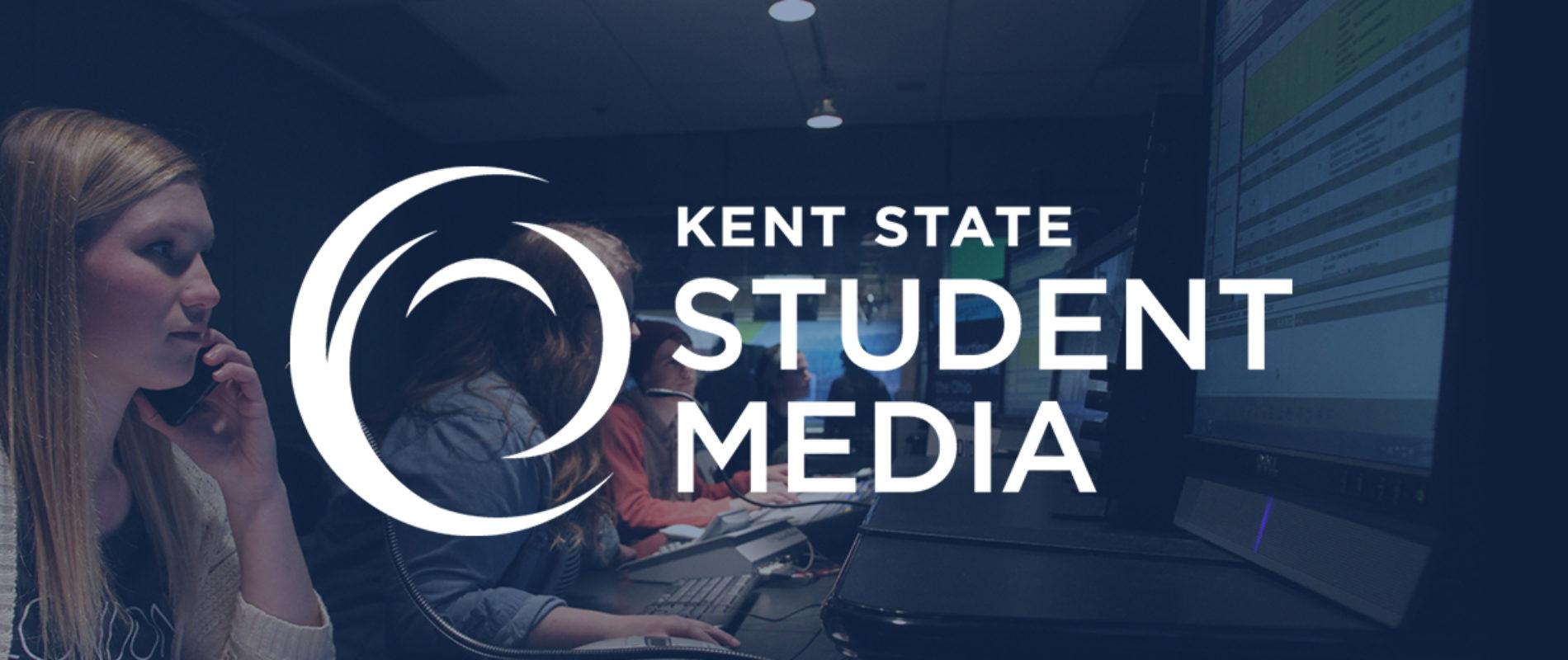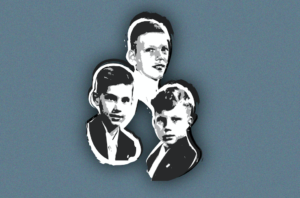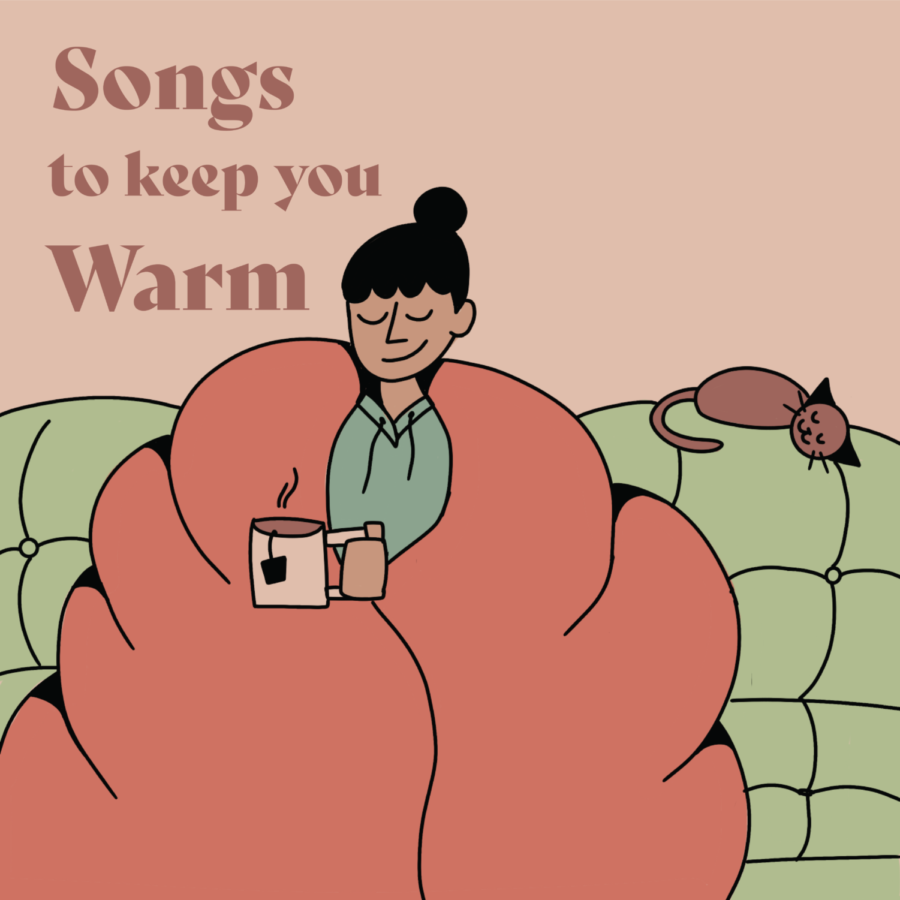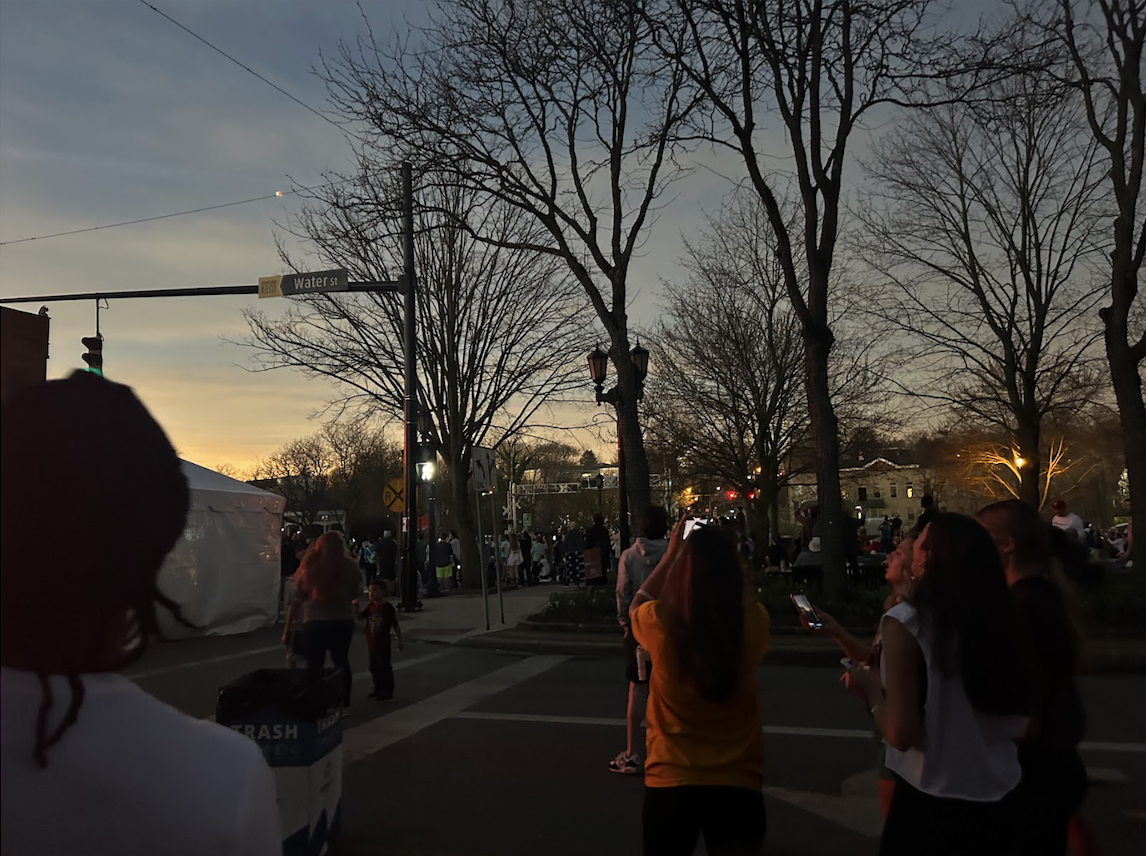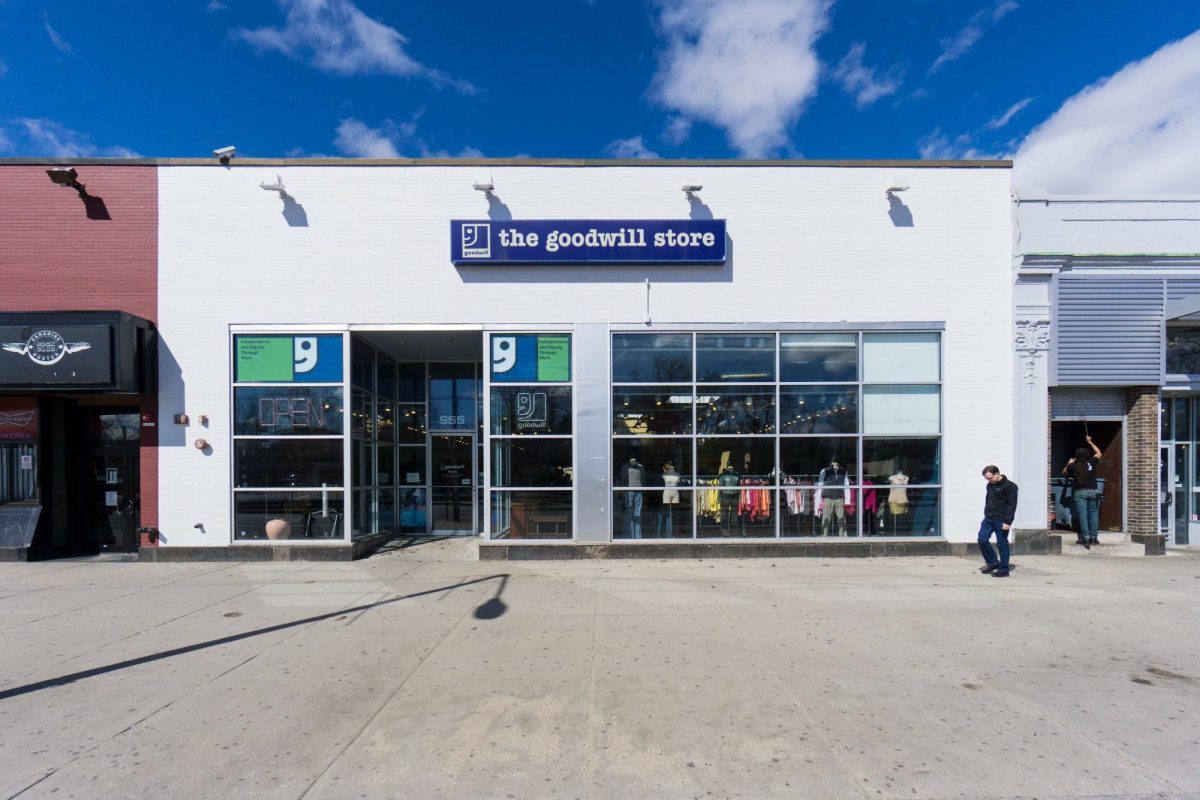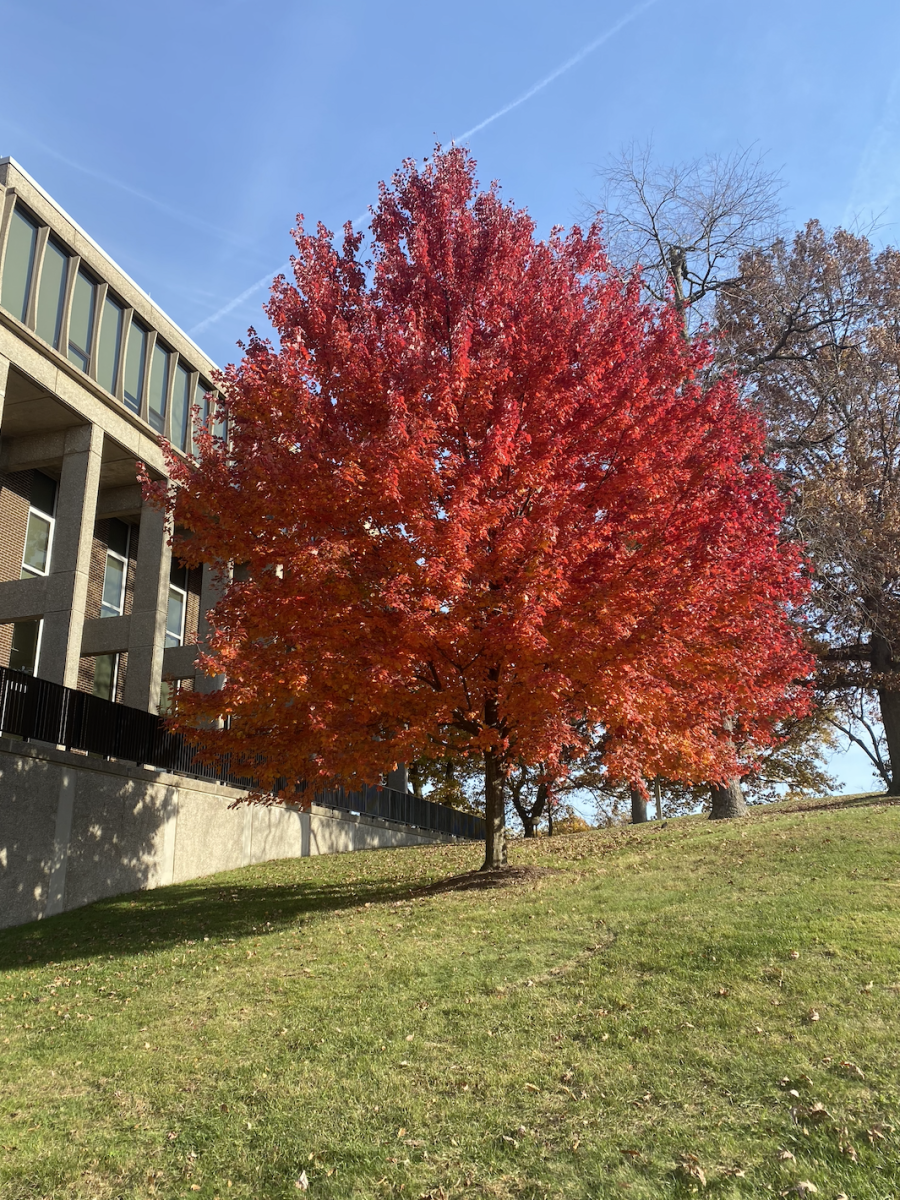Photos by Nina Lozada
EDITOR’S NOTE: This article was revised to reflect additional editing to the story.
I am a worker: always have been, always will be.
I was 14 years old when I held my first job as a hostess for a small restaurant in my hometown called Doogans of Aurora, but it was not until I graduated from high school and held a serving job at Chagrin Valley Athletic Club that I really fell in love with working. It was not necessarily the work that I loved, although I did enjoy it, it was the environment. The guests were friendly enough, but it was my coworkers who became some of my closest friends and family. I learned a lot about teamwork and responsibility during my time there, which just recently concluded after nearly five years.
My job career came full circle when I took a hostess position at Bricco, a restaurant in Kent. I was training for the position in early March, the week restaurants and bars shut down for months due to the COVID-19 pandemic, so I did not really get to start working there until we reopened in the middle of June. Bricco is a special place where many of its workers have been there for years, formulating a bond that I only just jumped into about six months ago, but they are extremely welcoming. The environment is similar to the Chagrin Valley Athletic Club, being both fun and a learning experience.
Although both places of work required just that — work, they also provided me with a positive and productive environment to blow off steam, a stress-reducer if you will. It is a place for me to focus on something unrelated to my major, a way for me to socialize while still being productive and make money and a way for me to take a break from working on classwork without feeling guilty like I would if I gave into the allure of sitting on my couch and bingeing all day on another Netflix show.
I lost that relief when we shut down. I lost the socialization and the distraction I needed to help balance the stress of school and because of this, my mental health quickly degraded. If it was not for the constant stimulation of conversation and time well spent with my boyfriend bingeing a plethora of TV shows and movies, I do not know where my head would be at right now.
I anticipated things would be better once restaurants and bars reopened, that getting back out there would elevate my mental health through hard work and socialization, but I was wrong.

I was wrong because the restrictions put in place to keep everyone safe made being open almost worse than being closed. The restrictions were fair for the most part but it was the defiant customers who refused to listen to these safety recommendations that caused us the headache. Although this mainly happened in the beginning of the pandemic, it still occasionally happens today. In the beginning, it was understandable to constantly remind people to wear their masks; it was a new thing. Now, nine months into the pandemic, we still are reminding people of this basic safety measure that is highlighted so boldly everywhere you look, including within our signage and sanitation displays.
Additionally, restrictions on restaurants and bars themselves posed a problem as we were not able to fully reopen. Most of our staff members had to adjust to their hours being drastically cut and, if eligible, compensate for their loss of income through unemployment benefits. In the beginning, we still brought in a crowd, as many people continued to come out despite recommendations to stay home. However, as time went on and cases went up, people began to listen to these recommendations more, and the crowds of people dwindled. This is great for public safety but not so much for business, especially since most of our employees depend on tips from numerous customers to pay their bills each month. The loss of income is also heightened when customers continue to come out but either tip poorly or do not tip at all, a tendency that has only increased with the start of the pandemic.
Unfortunately, I am not the only worker who has felt this way.

Elise Shriber, senior paralegal studies major at Kent State, works both at Outback Steakhouse in Cuyahoga Falls, Ohio, as a take-out worker, delivery driver and soon-to-be key manager and at Parasson’s Italian Restaurant in Stow, Ohio, as an hourly kitchen worker. Shriber has worked at Outback since September 2018, but she took a leave of absence earlier this year before the pandemic hit. She returned to Outback a month ago just as she went on leave at Parasson’s, where she has worked at for almost five years.
During her time at Parasson’s before the pandemic, Shriber says, “We would have a really big staff and we were super busy. It was just kind of a really light and fun environment. We had, I want to say, probably around 70 employees. The customers were really nice, it was a really good atmosphere.”
Once the pandemic hit, the hourly staff was also no longer allowed to work. When they opened back up in the middle of June, their staff decreased to about 20 people, and those who stayed on had their hours drastically cut.
“I actually had to cut my hours back, because school was so intense. I probably went from working around 35 hours to 20, but that was pretty much by choice,” Shriber says. “Other people, not so much. I know one of them went from 40 hours a week to eight, and a lot of the people were just laid off or quit, because there just weren’t any hours for all the servers.”


Shriber says many of their customers are also not tipping.
“It’s so frustrating, because our restaurant could get shut down again. They don’t know what’s going to happen, so our hours are going to get cut no matter what, because if the dining room is shut down, then all the servers are going to lose hours,” Shriber says. “So, we’re all just trying to save money right now and work as much as we can, but we’re making four something an hour, and people are stiffing us. It’s really frustrating.”
The restaurant business is not the only type of workplace experiencing the negative backlash of working during the pandemic.
Allyson Smith, freshman nursing major at Kent State’s Trumbull branch, worked both as a skating rink employee at Skate Zone Family Fun Center in Austintown, Ohio, and as a nursing aid at Mercy Health Humility House Senior Living in Austintown, Ohio. Smith has worked for Skate Zone since July of this year and has been an aid at Humility House since July of this year but has been an aid in general for over two years. Smith says she is no longer working at either job right now due to a workplace injury to her right shoulder and wrist, which she sustained at Humility House in September.
Before the pandemic, Smith says working at the skating rink consisted of normal tasks, like working the cash register, cleaning skates and cooking. Sanitation was used but was not a maintained task they were required to do every time something was used.
“And then, during the pandemic, as of now, we wear masks and try to implement that people in the building wear masks, which doesn’t work out all the time,” Smith says. “We have space providers between us and the customers. We do a lot more cleaning with heavier-duty cleaning products. Pretty much sanitizing, washing our hands constantly. We wear gloves. We also rinse down the skates, we do like three different things to them now before somebody else wears them.”
In the beginning of the pandemic, before the COVID-19 crisis fully hit the facility, working at Humility House consisted of the normal work day tasks — showering, toileting and dressing patients, Smith says. Aids would wear their normal scrubs — their tops, pants and shoes, and everyone was able to be out in the open. The dining rooms were open, everyone was talking to each other, congregating, doing things and going places, Smith says.
Once the pandemic hit her facility at the end of July, Smith says she worked in their COVID hall, which is where the nursing home keeps the patients that test positive for COVID-19. When Smith worked this hall, she gowned up head to toe, and when she was finished, she took off everything, put her clothes into a bag and changed into new clothing to keep from contaminating other patients and staff as well as herself, Smith says.
Despite the hardships the COVID-19 pandemic brought Smith, she continues to have a positive outlook on the way this crisis has impacted the healthcare system’s sanitation standards.
“I think it’s changed in a more positive way,” Smith says. “Even not knowing that COVID was a thing, we still need to be taking more precautions. We need to be cleaning things normally and should be using good products, not dollar store products.”
There is no easy solution to fixing the negative backlash of working during the pandemic. Solutions can come in many forms. Action can be taken from higher levels of authority to provide more of a monetary cushion for places of business that are struggling to stay open and pay their employees enough. Those who continue to come out to these businesses should practice social distancing and follow other safety recommendations not only to protect themselves but those who they encounter such as the staff providing them their service. In the end, it is important to hear these stories from our workers to understand the issues they face, so we can better formulate and work toward solutions. Remember to stay home as much as possible and when going out, follow the safety regulations, tip well and have patience for those servicing you.
